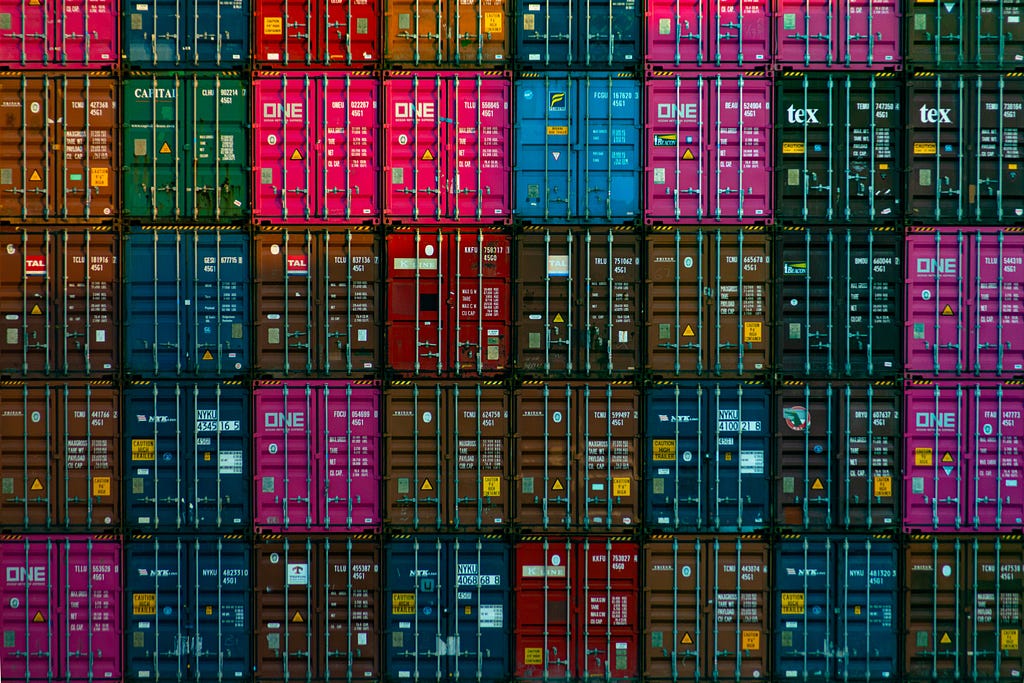Trade finance loans, the financial fuel that propels businesses across the globe, play a pivotal role in facilitating international trade.
Whether you’re a seasoned entrepreneur or just venturing into the world of commerce, understanding how to get a trade finance loan is paramount to expanding your horizons, tapping into new markets, and boosting your revenue.
In this guide, we’ll delve deep into the intricacies of trade finance loans, shedding light on the application process, the various types of trade finance, and the vital steps to securing one.
Exploring the Trade Finance Landscape
Before we dive into the nitty-gritty of securing a trade finance loan, it’s crucial to familiarize yourself with the broader landscape of trade finance.
After all, knowledge is power, and understanding the fundamentals will give you a competitive edge.
What is Trade Finance?
Trade finance is the lifeblood of international trade, encompassing a range of financial products and instruments designed to facilitate cross-border transactions.
It bridges the gap between buyers and sellers, mitigates risks, and ensures the smooth flow of goods and funds across borders.
At its core, trade finance provides a safety net for both parties involved in a transaction.
Types of Trade Finance
There are several key forms of trade finance, each tailored to meet specific needs. Let’s explore the primary ones:
1. Letter of Credit (LC)
A letter of credit is a widely used instrument in international trade. It’s essentially a financial guarantee issued by a bank on behalf of the buyer, assuring the seller that they’ll receive payment once the terms of the transaction are met.
2. Bank Guarantees
Bank guarantees act as a form of insurance for both buyers and sellers. They guarantee the fulfillment of a contract and provide financial security.
3. Trade Credit Insurance
This type of trade finance protects against non-payment by buyers. It ensures that even if your customer defaults, you still get paid.
4. Export Credit Agency (ECA) Loans
ECAs are government entities that provide loans, guarantees, and insurance to promote exports. These loans can be a lifeline for businesses looking to expand globally.
Now that you’ve got a grasp of the trade finance landscape, it’s time to explore the steps to secure a trade finance loan.
How to Get a Trade Finance Loan: A Step-by-Step Guide
Obtaining a trade finance loan can be a complex process, but breaking it down into manageable steps can simplify the journey.
Here’s a comprehensive guide to help you navigate the path successfully.
1. Assess Your Business Needs
Before you even consider applying for a trade finance loan, you need to understand your business’s unique requirements. Ask yourself:
- How much capital do you need?
- What’s the purpose of the loan? (e.g., purchasing inventory, covering operational expenses, expanding into new markets)
- What’s your risk tolerance?
Understanding your needs will inform your choice of trade finance instrument and the amount you should seek.
2. Choose the Right Type of Trade Finance
Selecting the appropriate type of trade finance is a critical decision.
Depending on your business’s nature and your specific goals, you might opt for a letter of credit, bank guarantee, or another form of trade finance.
3. Find the Right Financial Institution
Once you’ve determined the type of trade finance you need, it’s time to find the right financial institution to partner with.
This could be a bank, credit union, or an online lender. Do your due diligence and choose a reputable institution with experience in trade finance.
4. Prepare a Detailed Business Plan
Lenders want to see that you’ve thought through your business goals and how the trade finance loan will help you achieve them.
Your business plan should outline:
- Your company’s history and background
- Market analysis
- Financial projections
- How the loan will be used
A well-structured business plan will instill confidence in potential lenders.
5. Gather Necessary Documentation
Be prepared to provide the lender with a range of documents, including:
- Financial statements
- Tax returns
- Credit history
- Legal documents (e.g., articles of incorporation)
Having all your paperwork in order will speed up the application process.
6. Apply for the Loan
With your business plan and documents in hand, it’s time to submit your loan application.
Be prepared to answer questions and provide additional information if requested by the lender.
7. Undergo Due Diligence
The lender will conduct due diligence to assess your creditworthiness and the viability of your business plan.
This may involve background checks, credit checks, and a thorough examination of your financials.
8. Negotiate Terms and Conditions
Once the lender is satisfied with your application, it’s time to negotiate the terms and conditions of the loan.
This includes interest rates, repayment schedules, and any collateral required.
9. Secure the Trade Finance Loan
Upon agreeing to the terms, you’ll receive the trade finance loan. Make sure to use the funds as outlined in your business plan.
Maximizing Your Chances of Success
Securing a trade finance loan is a pivotal step in your business’s international expansion journey.
To maximize your chances of success, consider these tips:
Maintain a Strong Credit History
A solid credit history is often a prerequisite for securing trade finance.
Make sure your business has a strong credit record, and address any outstanding issues.
Establish Trust with Lenders
Building a good relationship with your chosen financial institution can be immensely beneficial. Maintain transparency, meet your obligations, and communicate openly with your lender.
Work with Experienced Trade Finance Professionals
If the world of trade finance seems daunting, don’t hesitate to seek the guidance of professionals who specialize in trade finance.
They can help you navigate the process with confidence.
Explore the boundless opportunities available through our Trade Finance advisory services. Whether you’re an experienced international trader or a newcomer to global markets, our dedicated team is here to support your business at every stage.






